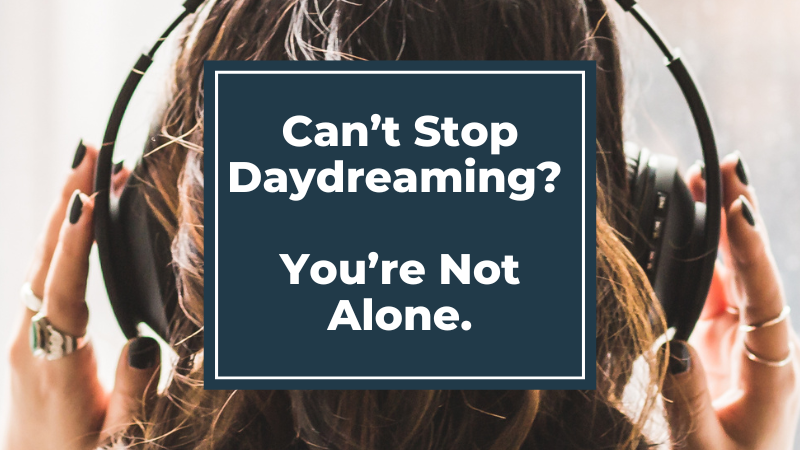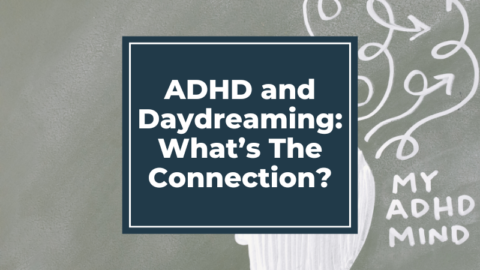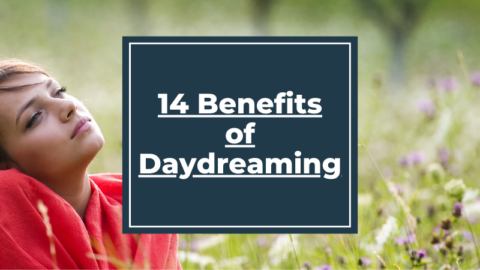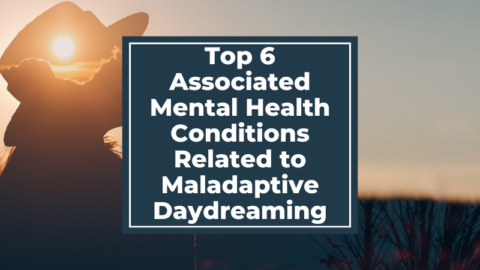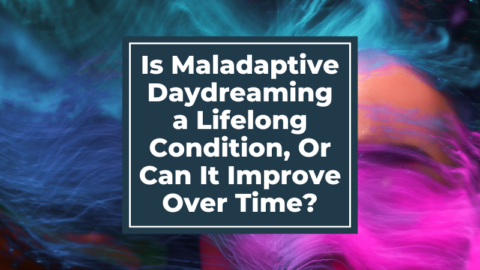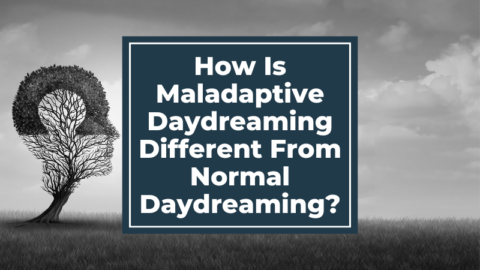In recent years, excessive daydreaming has been recognized by some, namely Professor Eli Somer, as a serious and disruptive state referred to as maladaptive daydreaming (MD), although it has yet to be recognized as an official diagnosis. The good news is that recognizing your condition, whether or not the rest of the world does, can be the first step to healing.
I myself struggled with maladaptive daydreaming for years. It cost me jobs, relationships, and scholarships, and caused me to struggle with anxiety, depression, and dissociation. While I did seek treatment, it never worked because I never treated the daydreaming, I just tried to treat the depression or anxiety while still spending most of my day lost in my daydreams.
What now seems obvious, is that my daydreaming was maladaptive, addicted, and contributing to my other conditions. At the time I believed that my daydreaming was a good thing. That it was a healthy way to deal with stress created by my other conditions, and that if the depression and anxiety went away, the daydreaming would stop then as a result.
While this may be true for the majority of people who are in control of their daydreaming, that daydreaming can actually help with stress and anxiety, it wasn’t true for me. I had let my daydreaming get the best of me and hadn’t even realized it.
In brief, this is my story of how I couldn’t stop daydreaming and let maladaptive daydreaming get the best of me. If you can relate to any part of my story, perhaps you too are a maladaptive daydreamer. Hopefully though, since I was able to ultimately get control of my daydreaming, you’ll see there is hope for you to manage your daydreaming too.
My Maladaptive Daydreaming Journey
My daydreaming started as a young child due to an unhappy home caused mainly by my abusive and narcissistic father. Daydreaming was a coping method for me and a way to escape the bad reality I felt trapped in. Many maladaptive daydreamers have similar stories of childhood trauma as a cause for their maladaptive daydreaing.
The older I got, the worse my father got, and the more I daydreamed. It got to the point where I would daydream first thing in the morning, during school, while driving, during any mind-numbing tasks, and whenever music was on, and it even got to the point where I could daydream while speaking to someone because I simply put them into my daydream. I’d daydream late, late into the evening, pacing as I did so, to the point where my feet would become sore and hurt but my compulsion to daydream was so strong that I had to keep going.
Eventually, as I left home and went to college, my life technically got a little better, but my daydreaming didn’t. This cause my depression to worsen, I could barely get out of bed to attend class or find a job, and I had trouble connecting with my new roommates and classmates.
My first semester I almost failed all of my classes and got to the point where I only had eleven dollars to my name because I hadn’t gotten a job. I lost my scholarship and was afraid I would lose my housing soon as well. So I went and got the easiest job I could, as a fast food worker. This forced me to socialize and was a first step in breaking away from the isolation I’d put myself in as a maladaptive daydreamer.
My entire college years were a struggle, but I did end up graduating. However, one of my biggest regrets in life is that I daydreamed away my youth. There are so many experiences that I could’ve had, and wish I’d had, but was too busy daydreaming to live my life for myself.
It wasn’t until after I graduated that I stumbled across the term maladaptive daydreaming as I browsed Tumblr. I lived alone, had barely any social life, had just lost my job due to maladaptive daydreaming, and was struggling to find the motivation to find a new job.
When I found out that maladaptive daydreaming was a thing and started reading about it, it was like something clicked inside of me. I realized that if my daydreaming wasn’t normal like I’d always assumed, it meant that it could be fixed. I thought long and hard about what my life was missing and made a plan to work on fulfilling the things in my actual life that daydreaming was currently filling for me.
The things I yearned for most were to be loved, understood, have great friends, and to feel fulfilled, respected, and powerful. I decided that the first step to doing this was to find a job with a great social environment. Salary and finding my “dream” job were put on the back burner. I actively tried to make friends, accept invites to go out, date, and actively tried to avoid being alone and the triggers that would make it easy to daydream.
In the first year, my maladaptive daydreaming did decrease and my happiness increased. But I still had a lot of work to do before I was truly free.
I was lucky to find help along my journey during my second year. I met my future husband. He was so kind and understanding and loved me so completely. He has his own traumas struggles and addictions, and together we were able to understand and support one another. With him, I could actually imagine having the future that I always wanted, with a loving husband, kids, pets, etc. When before, it was hard for me to imagine being able to actually trust a man enough to have that kind of love.
By the time we were married, about two and a half years after I learned about maladaptive daydreaming, I had no desire to daydream anymore and had daydreamed very sparingly for about a year before that.
Years later, I’m still happily married with two kids and more pets than you can probably imagine. While I do now let myself enjoy the occasional daydream when vacuuming or exercising, I have control of it and use it to better my life now. It helps me with my writing, exercise, and to relax after a trying day.
If you can relate to any part of my story, you too may be a maladaptive daydreamer. Eli Somer developed a 16-point scale that he believes can help diagnose maladaptive daydreaming. Check out the scale for yourself here to better understand why you can’t stop daydreaming and if you’re a maladaptive daydreamer too.
If you’d like to learn more, share your story, and connect with other maladaptive daydreamers, check out our Maladaptive Daydreaming Forum.

